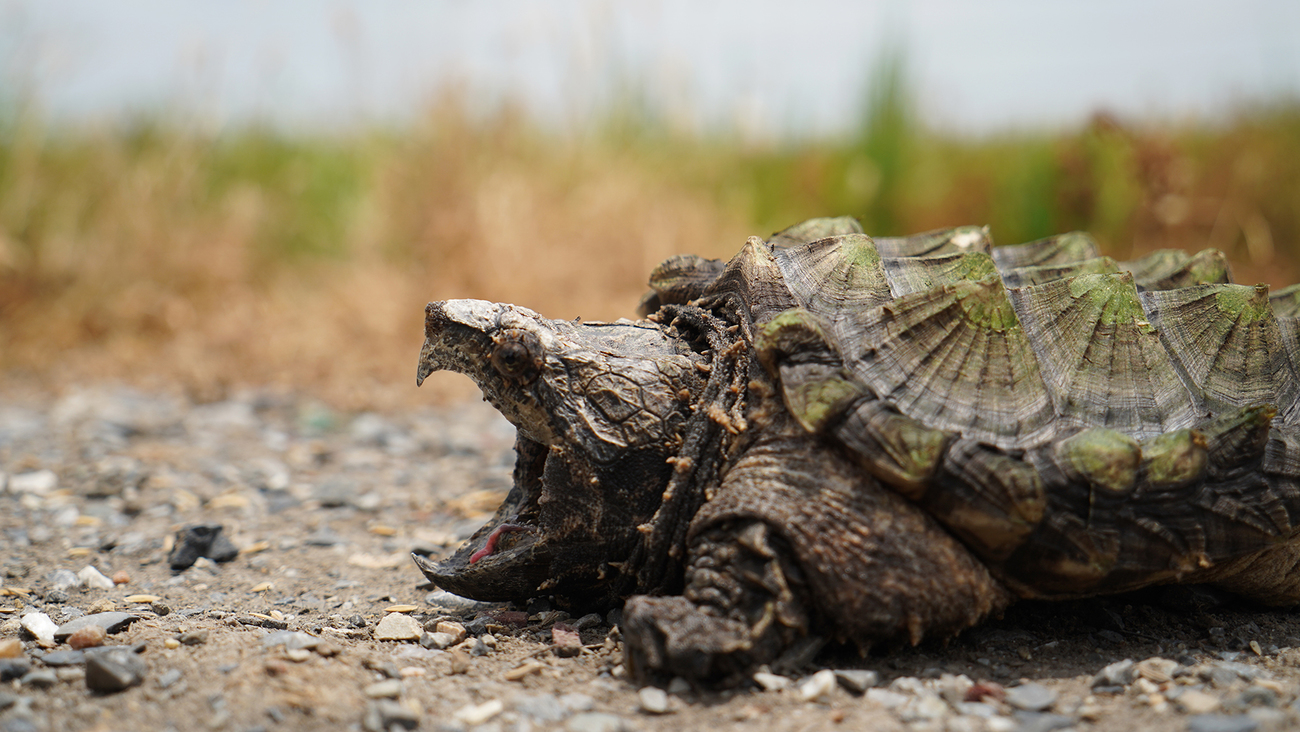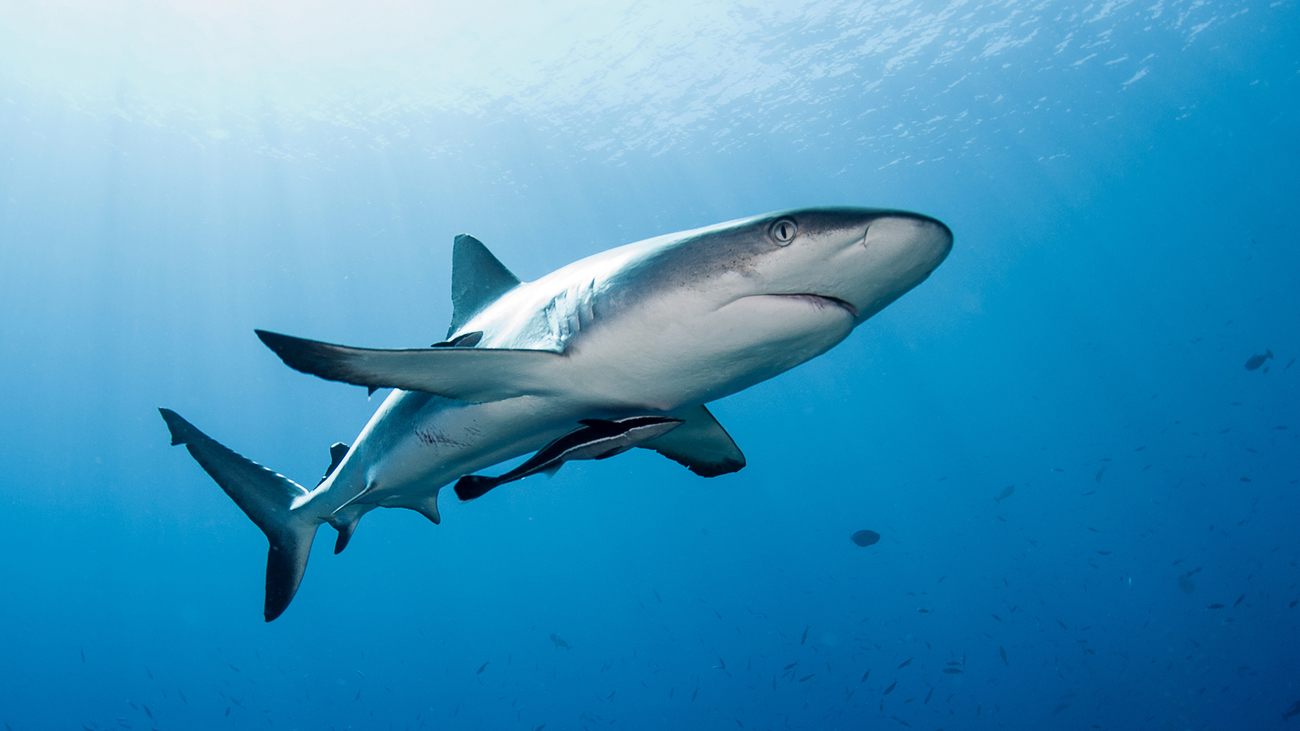Policy Conventions & Agreements - Global
Protection for wildlife & habitats is preserved in global agreements
The survival of many animals hangs in the balance as world governments attend the 19th Conference of the Parties (CoP) of the Convention on International Trade in Endangered Species of Wild Fauna and Flora (CITES) that takes place from 14-25 November in Panama City.
In the first CITES meeting hosted in Latin America in 20 years, experts from IFAW will be on-site recommending greater protection from international trade for a range of threatened species, from elephants, rhinos and sharks to tiny glass frogs.
The protection and conservation of many animals traded for their parts or as live specimens will be affected by decisions taken by attending government representatives of 183 member countries and the EU.
pivotal protection for sharks
Several historic proposals could change the face of shark conservation, placing nearly all shark species traded for their fins and meat under CITES oversight and controls, up from only 25% today.
Led by the Government of Panama and already supported by 40 other nations, proposal 37 calls for regulation in the trade of all requiem sharks, the core of traded shark species that includes the Endangered grey reef shark, beloved by scuba divers throughout the world, as well as species such as the dusky shark where overfishing and the trade of fins has driven it to the edge of extinction. Additional proposals look to secure similar protections for small hammerhead sharks (proposal 38) and guitarfishes (proposal 40)—flat-bodied relatives of sharks.
- Learn more about what makes CoP19 the “CITES for sharks”
- Read our briefing on the requiem shark listing

cybercrime and confiscation
IFAW heads to Panama with an additional focus on wildlife crime, one of the greatest threats to wildlife in biodiverse regions like Latin America. Illegal wildlife trade, including cybercrime and what to do with live animals seized in trade, present unique challenges for enforcement agencies, and IFAW will be using the conference to promote best practices to address these at the regional and international level.
- Join our side-event Tuesday, 22 November at 5:15pm in Canal 2, or check out our factsheet on disrupting wildlife cybercrime
- Join our side-event Wednesday, 23 November at 7pm in Canal 3, or check out our factsheet on live animals seized in trade
- A prominent figure of wildlife trafficking is the glass frog. Learn more with our FAQ on glass frogs
engaging local artists
Have you seen the shark sculpture in the Panama Convention Center? Learn more about local Panama City recycled materials artist, Romel Bravo, and other local artisans who are supporting IFAW’s presence at CoP19.
Lastly, in collaboration with both CITES and the United Nations Development Programme (UNDP), each year IFAW hosts the International Youth Art Contest as part of World Wildlife Day celebrations. Some of the winning artwork from previous years will be on display via an exhibition booth at the CITES conference. Now in its fifth consecutive year, the contest taps into the immense creativity of the world’s youth through artwork, not only highlighting the power of conservation, but also reflecting their personal sense of stewardship for the natural world and its wildlife.
- Join us for a happy-hour toast celebrating the 2023 theme of “Partnerships for Wildlife Conservation.” Featuring remarks by CITES Secretary-General Ivonne Higuero and IFAW President and CEO, Azzedine Downes, all are welcome to join at the IFAW booth on Tuesday, 15 November at 5pm.
IFAW will be live-tweeting throughout the event, so follow here at twitter.com/ifawglobal!
Having trouble explaining CITES to your friends and family back home? Here’s a quick and easy resource: What is CITES?
Related content
every problem has a solution, every solution needs support.
The problems we face are urgent, complicated, and resistant to change. Real solutions demand creativity, hard work, and involvement from people like you.